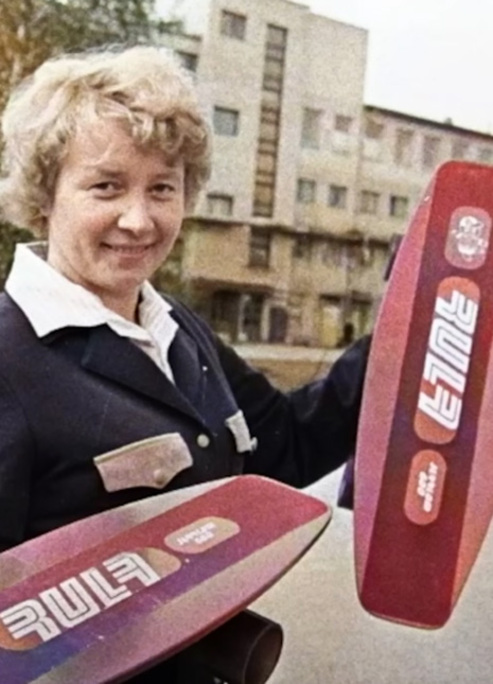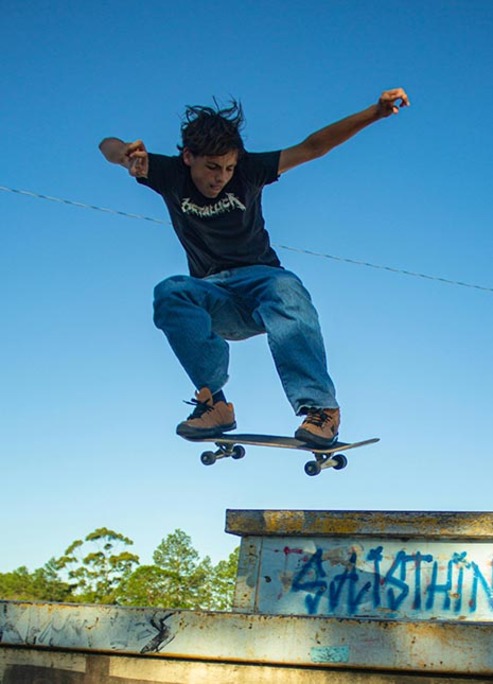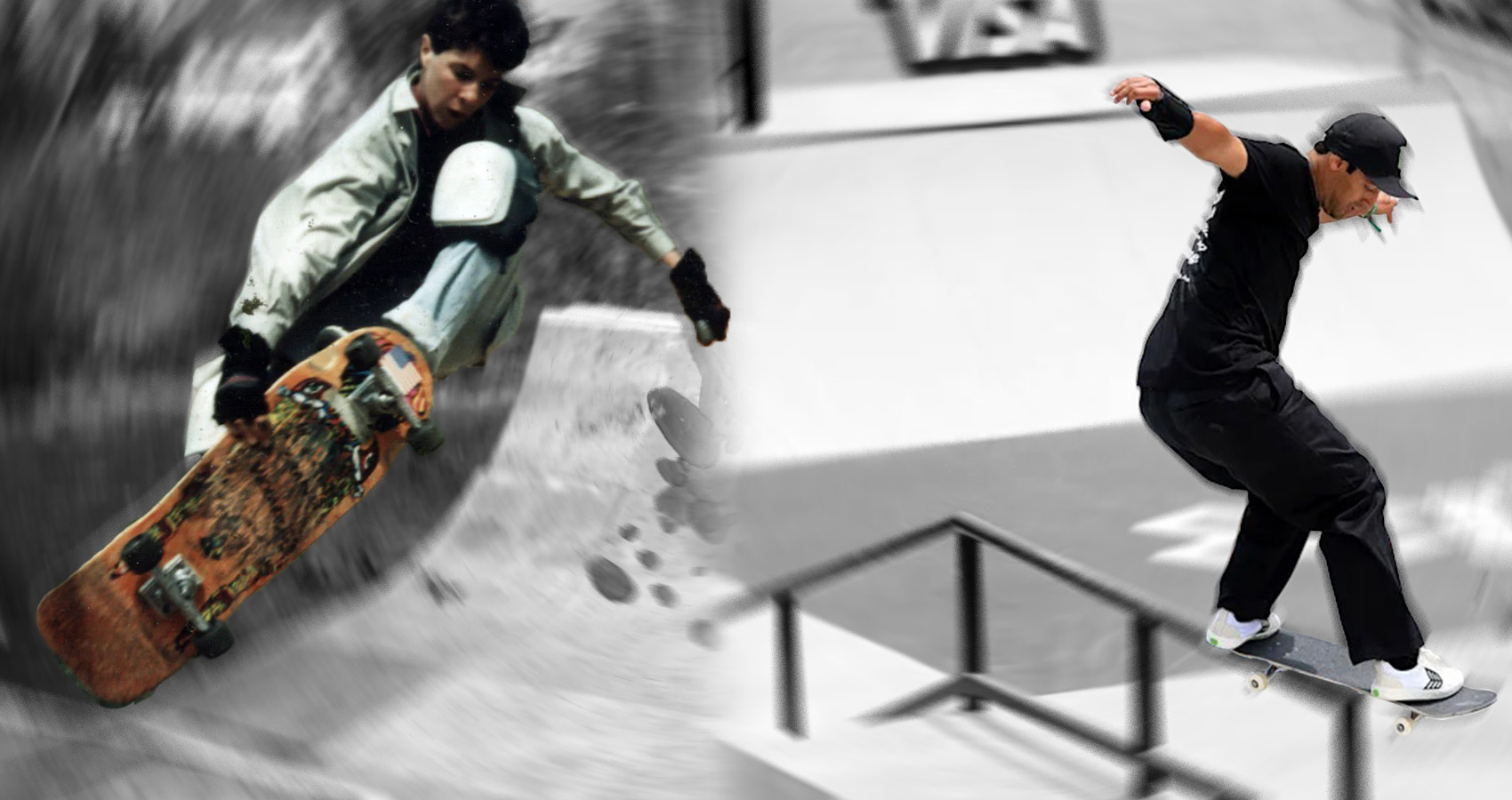
The Evolution of Video Cameras in Skateboarding
Skateboarding is more than just a sport; it's a vibrant subculture that has been thriving for decades. While the skateboards themselves have evolved in countless ways, the way we capture and document the essence of skateboarding has also seen a remarkable transformation. In this article, we'll take a casual stroll down memory lane to explore the evolution of video cameras in skateboarding and how they've become gatekeepers of our history, preserving the heart and soul of skate culture.
The Early Days: DIY Aesthetics
Back in the early days of skateboarding, when concrete bowls and empty swimming pools were the preferred terrain, documenting the stunts and tricks was far from straightforward. Most skateboarders couldn't afford professional video equipment, so they had to get creative. This era saw the birth of DIY skate videos, shot on everything from handheld camcorders to Super 8 film cameras.
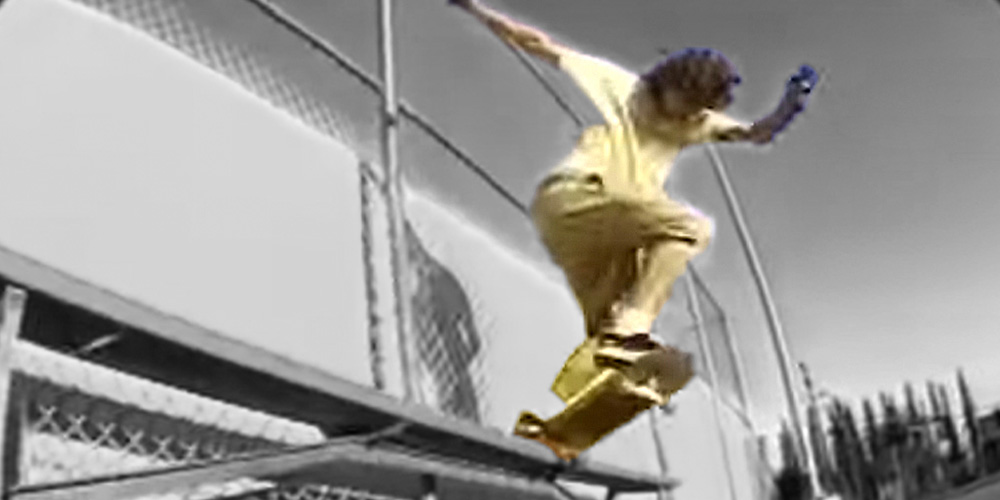
These early videos had a raw and unpolished aesthetic that perfectly captured the gritty spirit of skateboarding. Grainy footage and shaky camera work were the norm, but that only added to the charm. These homemade videos weren't just about showcasing tricks; they were about preserving the camaraderie and rebellious energy that defined skate culture.
The VHS Era: The Birth of Skate Video Stars
As skateboarding gained popularity and started to find its place in the mainstream, the technology used to capture it also evolved. The introduction of VHS cameras in the 1980s marked a significant turning point. Now, skateboarders could capture their tricks and sessions with more clarity and ease. Skate videos began to take on a more professional look, and skaters themselves started gaining celebrity status within the community.
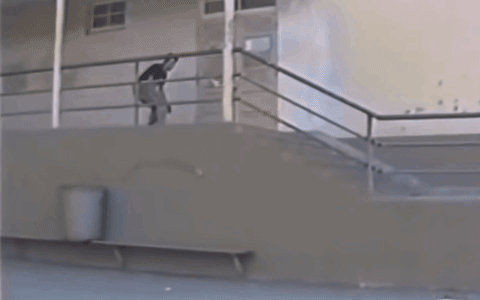
During this era, skateboarding legends like Tony Hawk and Rodney Mullen became household names, thanks in large part to their appearances in skate videos. These videos showcased not only the incredible skills of these athletes but also their unique personalities and styles, making them idols for aspiring skateboarders everywhere.
Digital Revolution: The Rise of Online Skate Videos
The late 1990s and early 2000s saw the digital revolution sweep through skateboarding. Mini DV camcorders and digital editing software made it easier than ever to capture and share skate footage. The internet played a pivotal role in this transformation, allowing skaters to share their videos with a global audience.
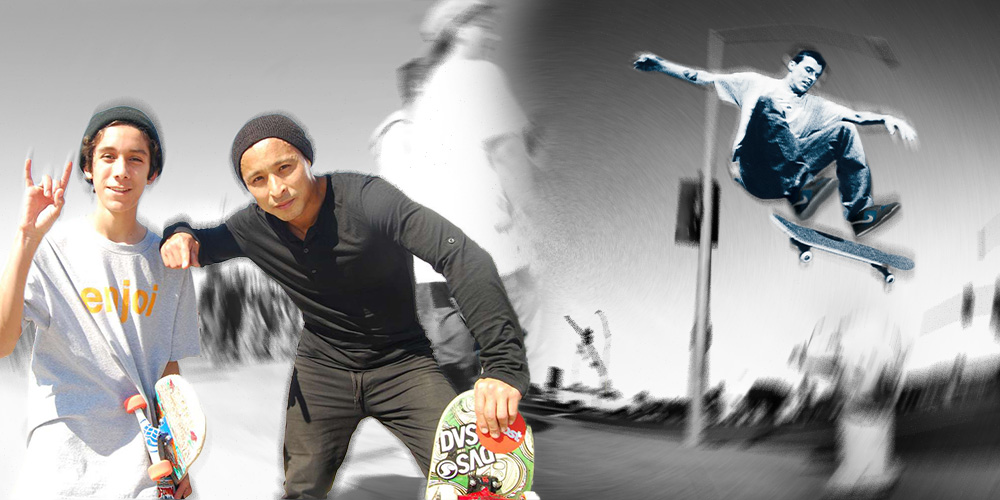
Online platforms like YouTube and Vimeo became virtual skate parks where skaters from around the world could showcase their talents. This democratization of skate video production gave rise to countless underground skate crews and independent filmmakers who could now reach a wider audience.
High Definition and Beyond: Skateboarding Goes Cinematic
As technology continued to advance, so did the quality of skate videos. High-definition cameras, drones, and professional cinematography equipment started being used to create cinematic masterpieces that elevated skateboarding to an art form. Skate videos like "Fully Flared" and "Pretty Sweet" set new standards for what was possible in terms of production values.
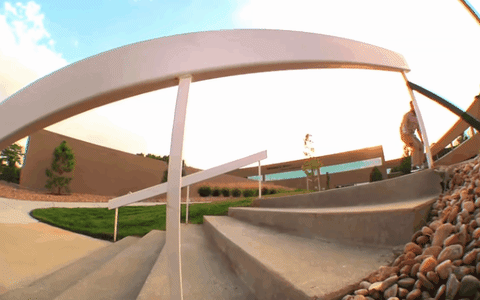
These high-quality videos not only celebrated the sport but also told compelling stories about the lives of skateboarders and the challenges they faced. The artistry of skate videos was now on par with Hollywood films, further solidifying the importance of these videos in skate culture.
Conclusion: The Endless Storytelling of Skate Videos
In the ever-evolving world of skateboarding, video cameras have played a crucial role in preserving and celebrating the essence of the sport. From the DIY aesthetics of the early days to the cinematic productions of today, skate videos continue to evolve, but their core purpose remains the same: to document, inspire, and connect.


